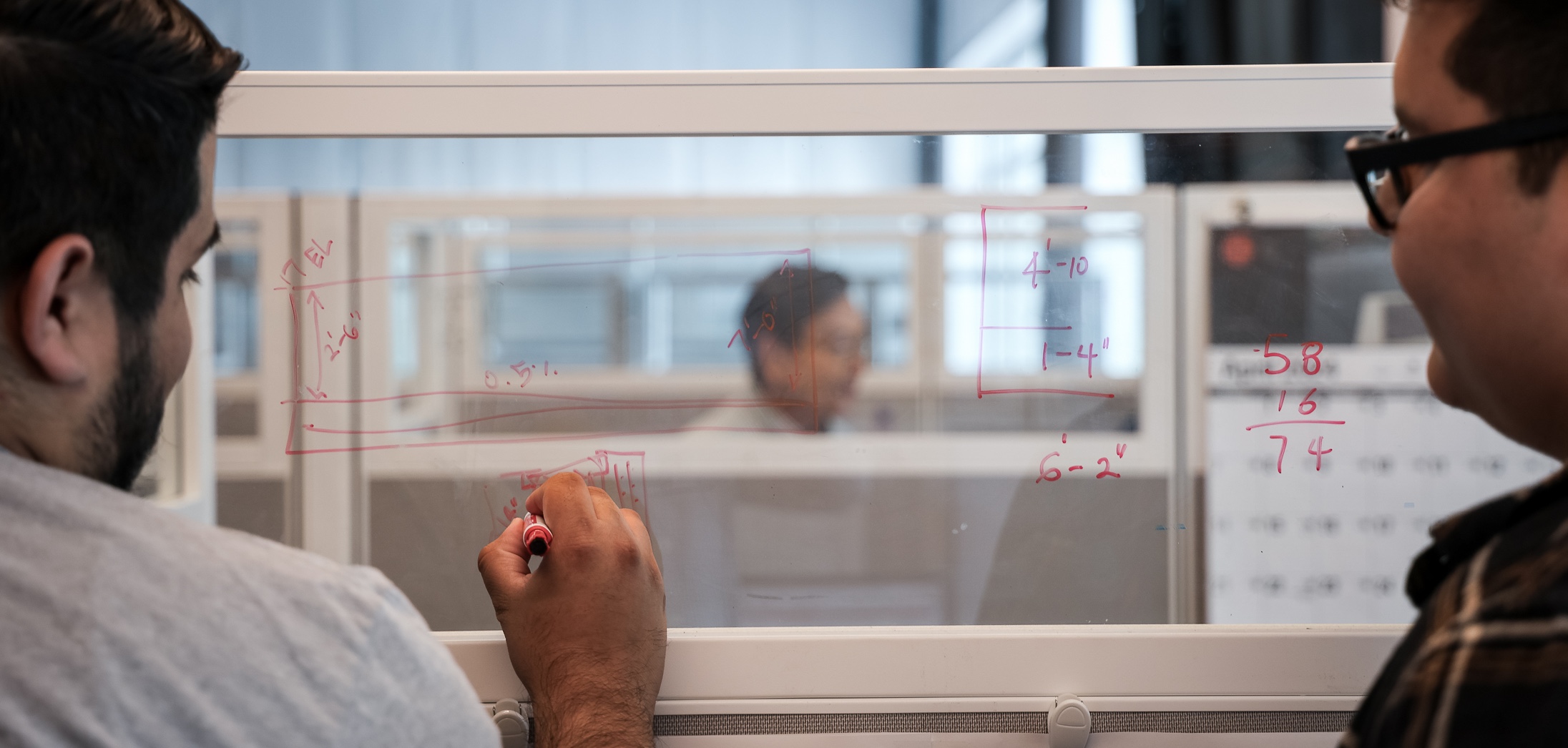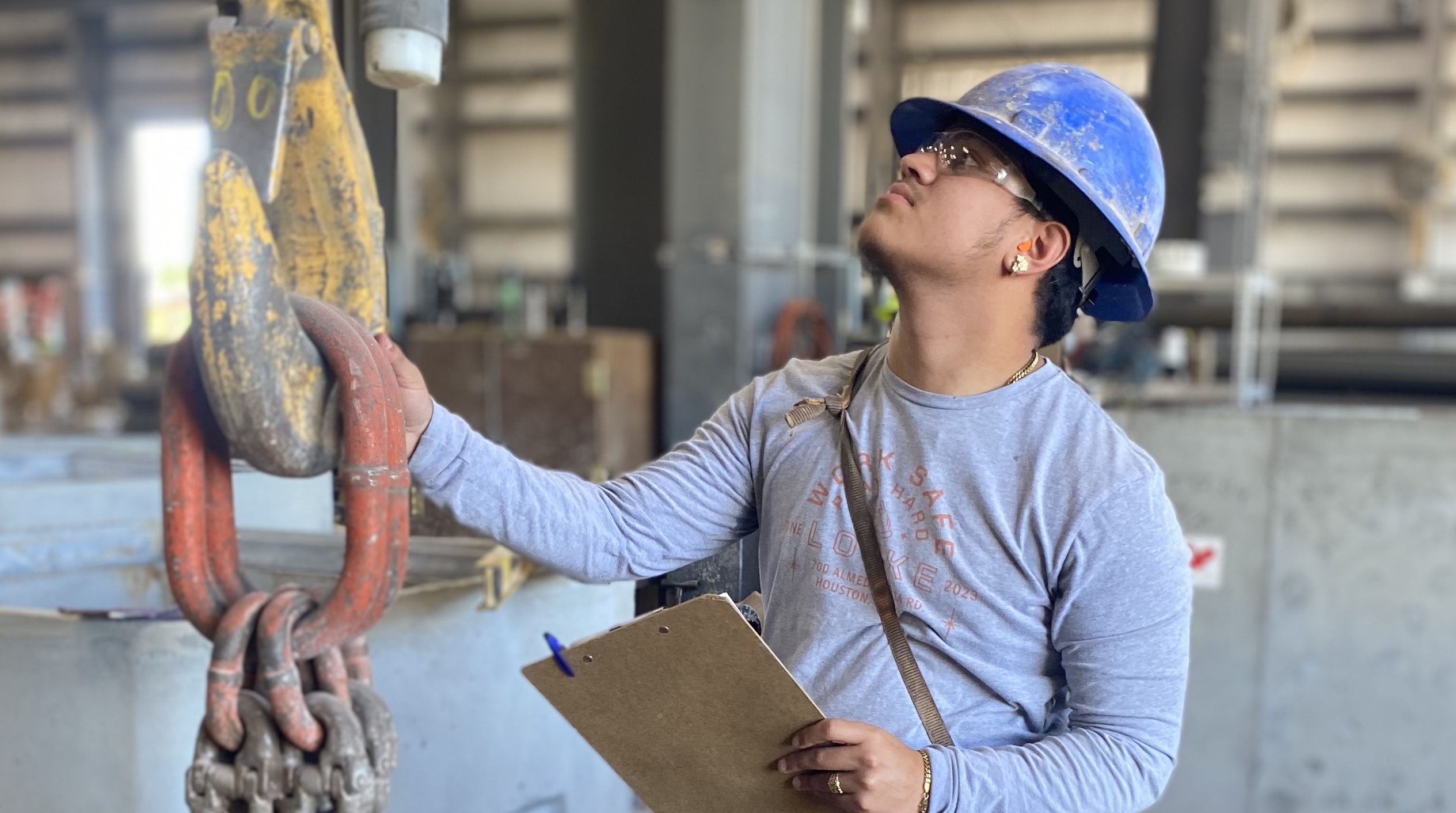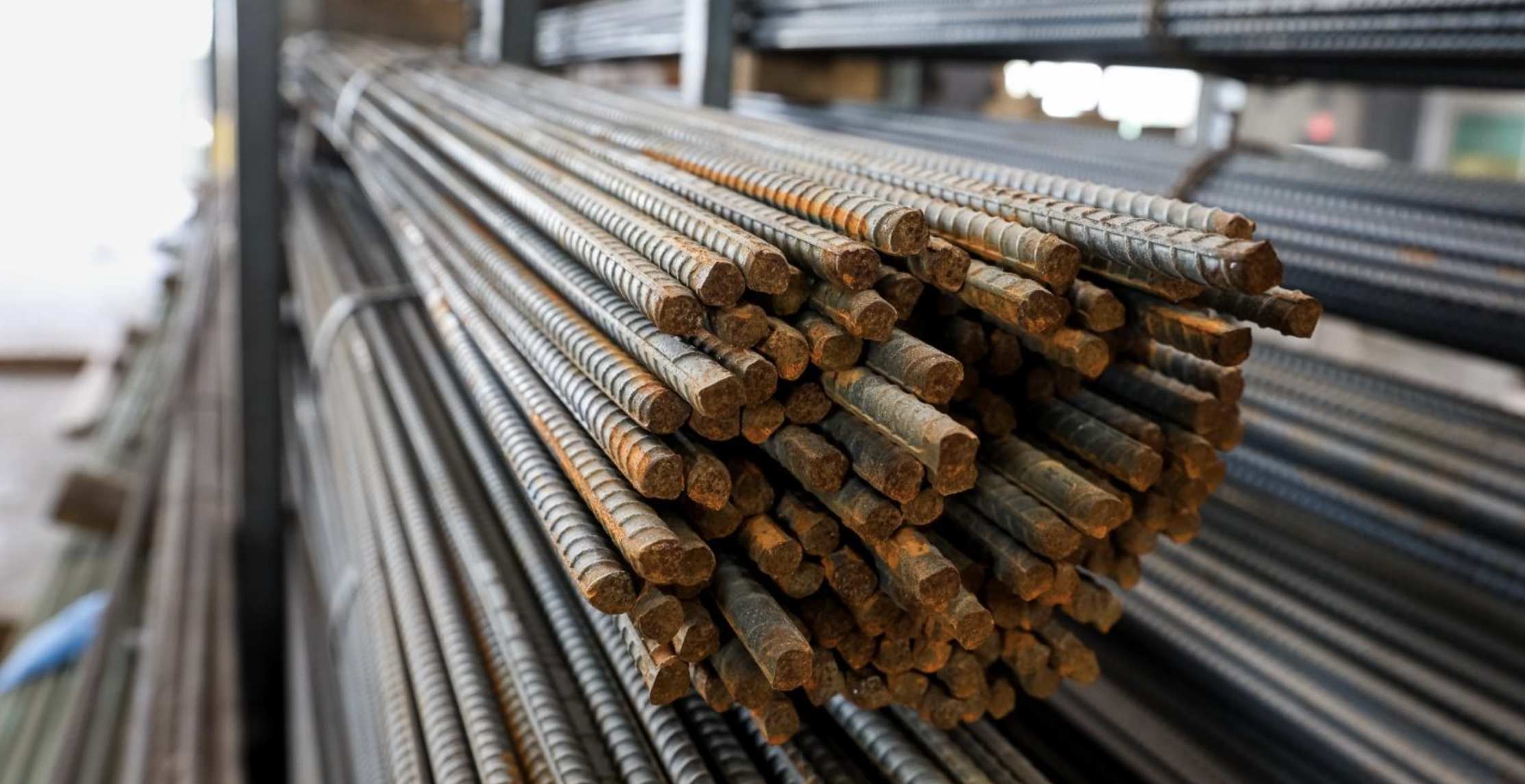Leading Precast
Contact SalesIn the world of manufacturing, there is little debate as to what are the top three most important factors, Quality, Price, and Lead Time. Lead times are important because they provide a time frame for when customers can expect their product to be completed and often dictate the schedule of an entire project. Here we will discuss the process from start to finish and the various factors that impact the lead time when ordering special precast concrete products.
Quote Process
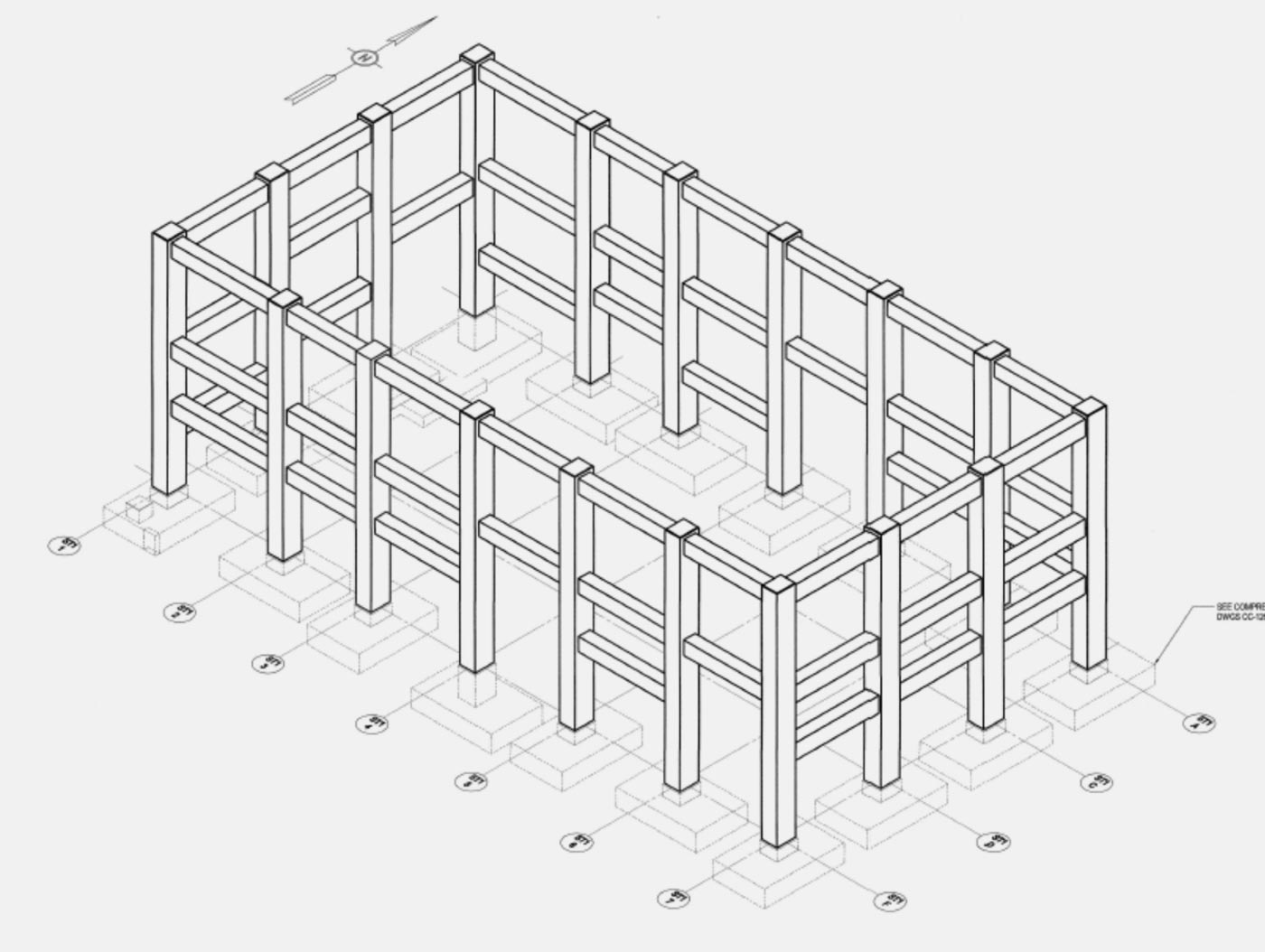
The quote process starts with the customer providing information including plans, specifications, and any other necessary requirements as needed. Generally, you should expect to get a quote estimate within 1 to 5 days depending on the size and complexity of the product. In some cases, items such as specialty anchors, cast-iron, or embedded steel are required, and time should be allowed for these third-party vendors to provide quotes. In some cases, it is also appropriate to ask for conceptual drawings to make sure both parties are clear with the scope of work being provided.
Contract Finalized
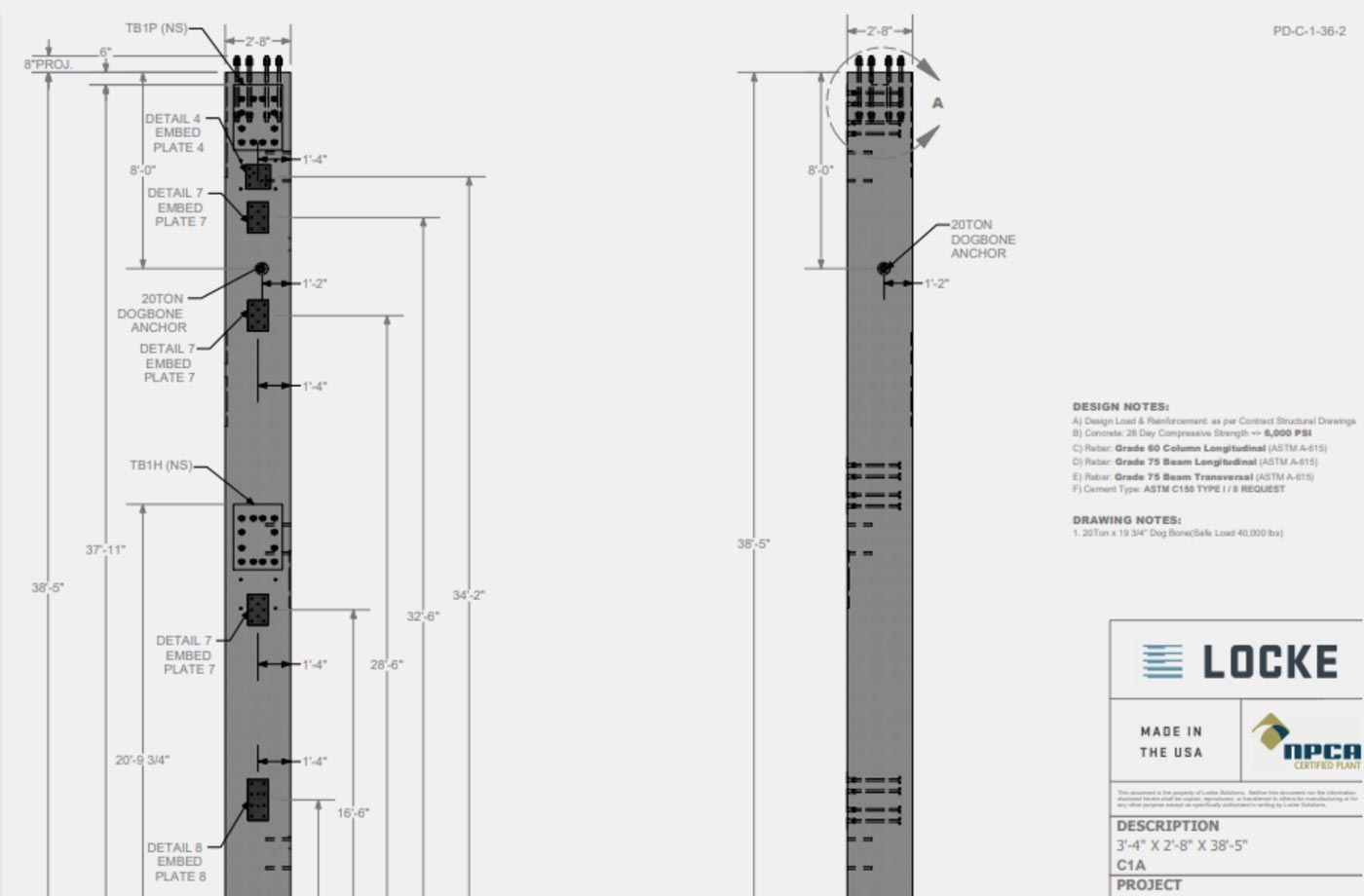
After a proposal has been agreed upon, finalizing a contract or purchase is a crucial step forward. In most cases, a final contract is needed to initiate the purchase of special raw materials or accessories provided with the concrete structure such as cast-iron manhole covers or steel hatches. Often these accessories will have a longer lead time than the fabrication of the concrete structure itself.
Design Phase

The design of the product will generally be the next critical phase of the process. Again, the time to complete the design will generally depend on the complexity of the structure. Some structures will be designed with pre-developed design models and can be completed in minutes, whereas other structures may require calculations by hand performed by a licensed professional engineer. The timeframe for design is also impacted by the availability and urgency of the engineer of record for the project who will be approving the design. Production drawings, lifting diagrams, loading schematics, material cut sheets, concrete mix designs, QC/QA manuals, safety programs, etc. are all part of the design package and should be included with the overall submittal package. An open line of communication between engineers generally facilitates a smooth and quick design process which can last anywhere from 1 to 10 days. Unfortunately, if the line of communication is fragmented between the engineer of record and the manufacturer’s designer, the design process can last for weeks going back and forth with revisions and updates.
Customer Approvals

After the design and drawings have been completed, the contractor should review and give written approval of acceptance or provide feedback to any exceptions. This step of the process is worth noting to emphasize the customer often has more impact than they realize on the overall lead time of a specialty manufactured product.
Procurement & Scheduling of Materials

Now that the front-end work is complete, special materials are released for order, if needed, and the product is slotted in the upcoming production schedule. Again, larger, more complex structures will typically take longer to get in the schedule while smaller more standardized structures can be more easily squeezed in. As with any manufacturer, the facility’s current workload will typically dictate how far out the product is scheduled. In other cases, a specialty item embedded in the concrete with a long lead time to procure may be the determining factor as to when the product can be scheduled. In either scenario, the manufacturer should be able to determine and communicate these expected lead times during the design and approval phases. After customer approvals, lead times to produce specialty precast concrete products will vary greatly on the situation. Without the need to wait for additional materials, lead times can be as short as a couple of days all the way to 4 or 5 weeks. If there is a need to cast in a special steel hatch or embed, you would need to add the lead time for that special item as well.
Final Thoughts

It is important to remember that lead times can have slight variations depending on the size and requirements of the structure. Other factors that can impact lead times include structures that require special embedded steel, coatings, special concrete add mixtures, cast iron frames, and rebar requirements. These items may not be kept in inventory by the precaster and must be ordered with various lead times.
Overall, it is important that the customer maintains communication with the precaster throughout the structure’s development and that any time constraints for the project are discussed before the initial phases of production. The precaster should also inform the customer of expected lead times and any changes that could impact lead times. Clear communication will assist with creating smooth operations and will facilitate clear expectations so that all who are involved are on the same page. When importance is placed on communication and producing precast products efficiently, this helps to establish accurate and timely lead times that customers will value and appreciate.
We hope this gives some insight into the process and helps you navigate your next precast project.
Stay tuned for our next article.






